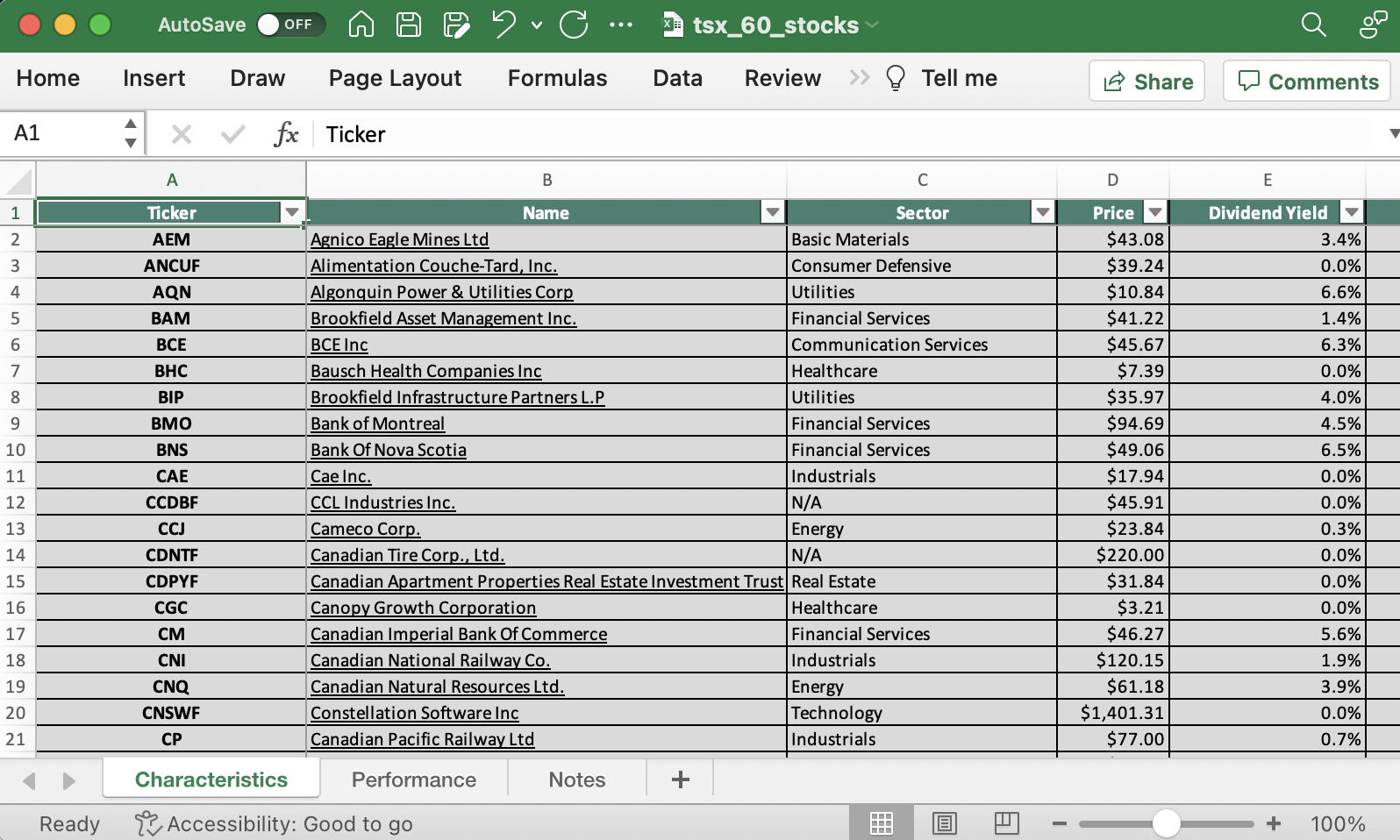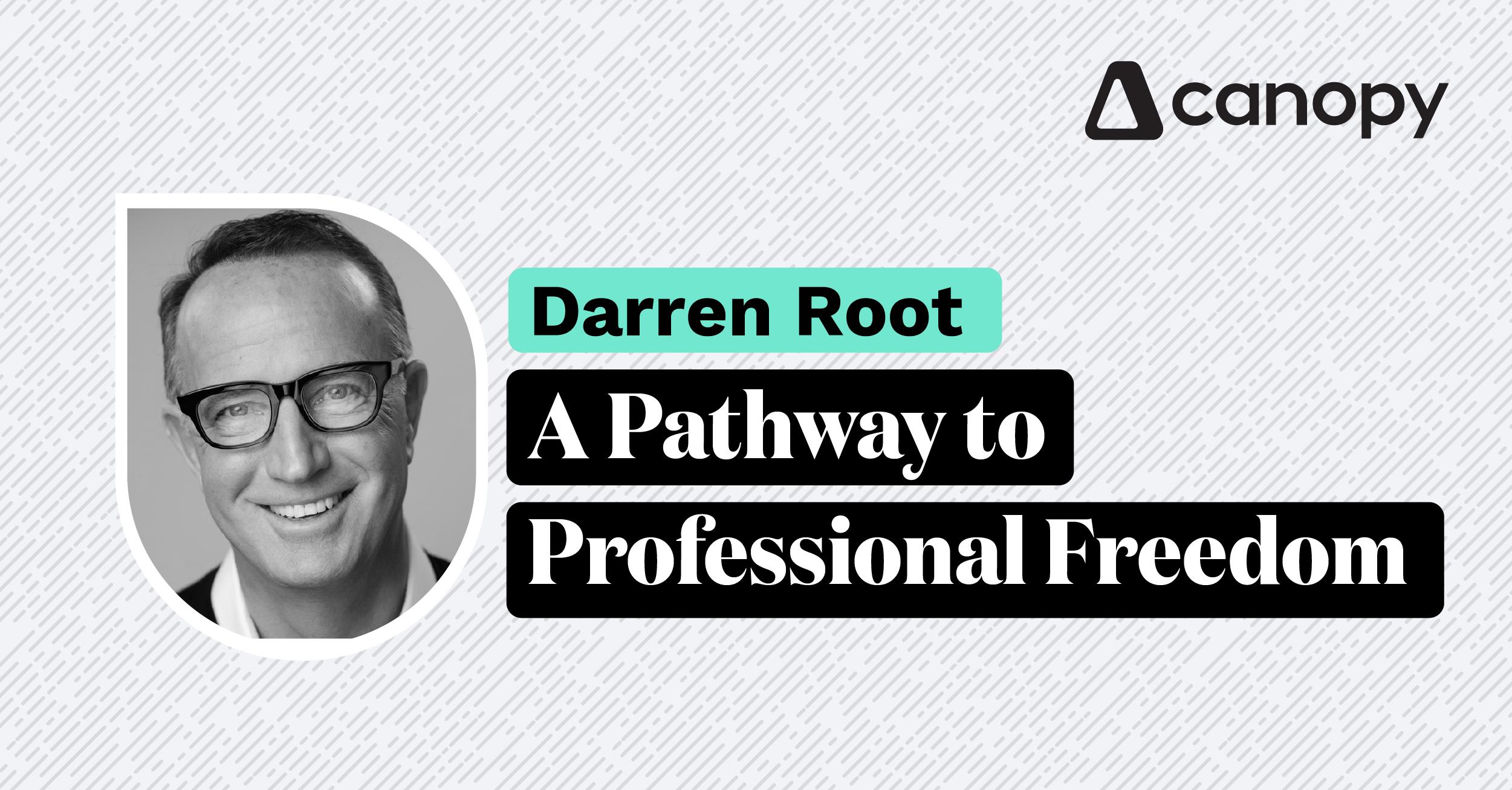Consumer lending has become one of the most dynamic segments in private markets, evolving rapidly alongside advancements in technology and shifts in consumer behavior. With a market size of $27 trillion and growing, consumer lending offers investors a diverse array of opportunities, from traditional mortgage-backed securities to emerging products like buy now, pay later (BNPL) loans.
As the sector evolves, it brings unique challenges for investors and policymakers, from navigating new risk-return profiles to addressing gaps in regulation and transparency. Understanding this evolving landscape is key to unlocking its full potential.
In a recent Bloomberg interview, Apollo’s Global Head of Credit Product Akila Grewal forecasted exponential growth in private credit to $40 trillion. The most interesting tidbit in that interview was the inclusion of consumer loans in the mix. It is the fastest-growing sub-asset class in private markets and can complement a portfolio’s exposure to direct lending.
Indeed, many industry practitioners foresee a future of private market allocations that includes direct lending as the less-volatile exposure and consumer loans as the growth driver.
What Is Consumer Lending?
Broadly speaking, consumer lending offers exposure to the creditworthiness of consumers. Historically provided by traditional financial institutions like banks, consumer loans have undergone a dramatic transformation due to securitization, technological advancements, and evolving consumer behaviors.
Consumer loans can be categorized into two core groups:
Property-backed residential mortgages: These loans are collateralized by residential properties and represent a well-established segment of consumer credit.
Non-property-backed consumer loans: This group includes personal loans, auto loans, student loans, and credit card debt. Over recent years, this category has expanded to include innovative products like BNPL services and hybrid offerings like salary advance loans and other even more exotic products such as loans backed by energy credits from consumers using renewable energy to sell to the grid.
Traditional Assets and New Opportunities
Constant innovation has driven the sector’s exponential growth, producing a diverse offering of investment opportunities.
Until recently, consumer lending has been almost exclusively handled by banks which lend directly to individuals — think about traditional mortgages or loans for the purchase of consumer goods like cars and appliances.
Financial institutions have also consistently relied on credit scores to assess a customer’s viability, classifying customers in defined brackets based on their credit history. Credit scores became ubiquitous in the 1960s and have remained crucial in assessing a customer’s ability to repay a loan. Case in point, the subprime mortgage crisis was triggered by a rise in defaults due to a relaxation of lending standards to individuals with subprime credit scores.
While banks continue to offer residential mortgages, consumer lending has evolved profoundly. Securitization allowed the redistribution of risk which, coupled with short-sighted regulation and policy choices, also created moral hazard and triggered the global financial crisis.
In more recent times, the rise of online lending platforms has democratized access to credit, enabling consumers to secure loans with greater speed and convenience than ever before. But this new landscape has created issues with controlling access to credit. For example, BNPL loans are offered at the time of purchase and allow most consumers to instantly defer payments interest-free. This has been disruptive and controversial.
Unlike traditional lending products, BNPL loans often feature ultra-short maturities and interest-free structures. While attractive to consumers, these characteristics introduce unique challenges for lenders and investors, particularly in understanding the associated risk-return profile.[1]

Established Structures vs. Emerging Opportunities
Each type of consumer loan carries a distinct set of risk-return drivers, shaped by factors such as collateralization, borrower demographics, and macroeconomic conditions.
Compared to direct lending, the key feature of many products derived from consumer loans is that they are typically asset-backed loans. Investors have a claim on the pool of securitized assets, and they can traditionally pick different tranches with different risk/return levels.
Securitization that utilizes cash flows from credit cards, auto loans, and student loans payments as collateral has traditionally provided investors with diversification benefits and steady returns. The securitized asset is usually over-collateralized and often includes additional credit enhancement features.
Defaults in this space have been traditionally below 2% except in times of heightened consumer stress. The presence of credit enhancements have made it historically unlikely for the most senior tranches to experience losses.
In contrast, the securitization of newer products such as BNPL loans, which is still in its infancy, presents some issues that should be considered. The unique attributes of these loans — no interest accrual, short duration, and rapidly evolving underwriting standards — pose challenges for structuring and risk assessment.
In terms of risk exposure, the implications of underwriting loans without traditional interest payments, where profits for the issuer are drawn primarily from merchant fees, are yet to be assessed. When it comes to return profiles, limited historical performance data makes projecting returns and assessing risks for these products arduous.
But most importantly, because of the lack of interest payments, BNPL lenders do not check credit scores. As a result, most BNPL loans are extended to subprime borrowers. This, coupled with the lack of transparency, may potentially create default risk down the road. The transparency issue is that borrowers’ data is not available because most of these companies are privately owned.
BNPL firms do not have much interest in pursuing the borrower once the loan is securitized and removed from their balance sheet, as they have already collected their fee.

The Road Ahead: Innovation Meets Regulation
As consumer lending continues to evolve, regulatory frameworks must adapt to address the complexities introduced by new products and platforms. The increased sophistication — which relies on the use of new types of collateral such as intellectual property or energy credits — demands transparent risk assessments, standardized reporting, and robust consumer protections.
For investors, the expanding consumer lending universe offers both opportunities and challenges. While established products like mortgage-backed securities and credit card ABS provide more familiar risk-return profiles, emerging products require additional caution.
Stay Tuned: a forthcoming CFA Institute Research Foundation book on consumer lending will offer a deep dive into products in the space from a portfolio management point of view.
[1] Lending platforms, whose user base exploded during the pandemic, have for a long time relied on borrowing at ultra-low rates to finance their loan writing. Their profit was the spread between the merchant fee (in the ballpark of 7%) and the rates they would obtain from their lending facilities. However, as rates began to rise, borrowing became more expensive, and we have seen the proliferation of securitization, which presents additional issues compared to traditional credit card and student loans securitization.



























